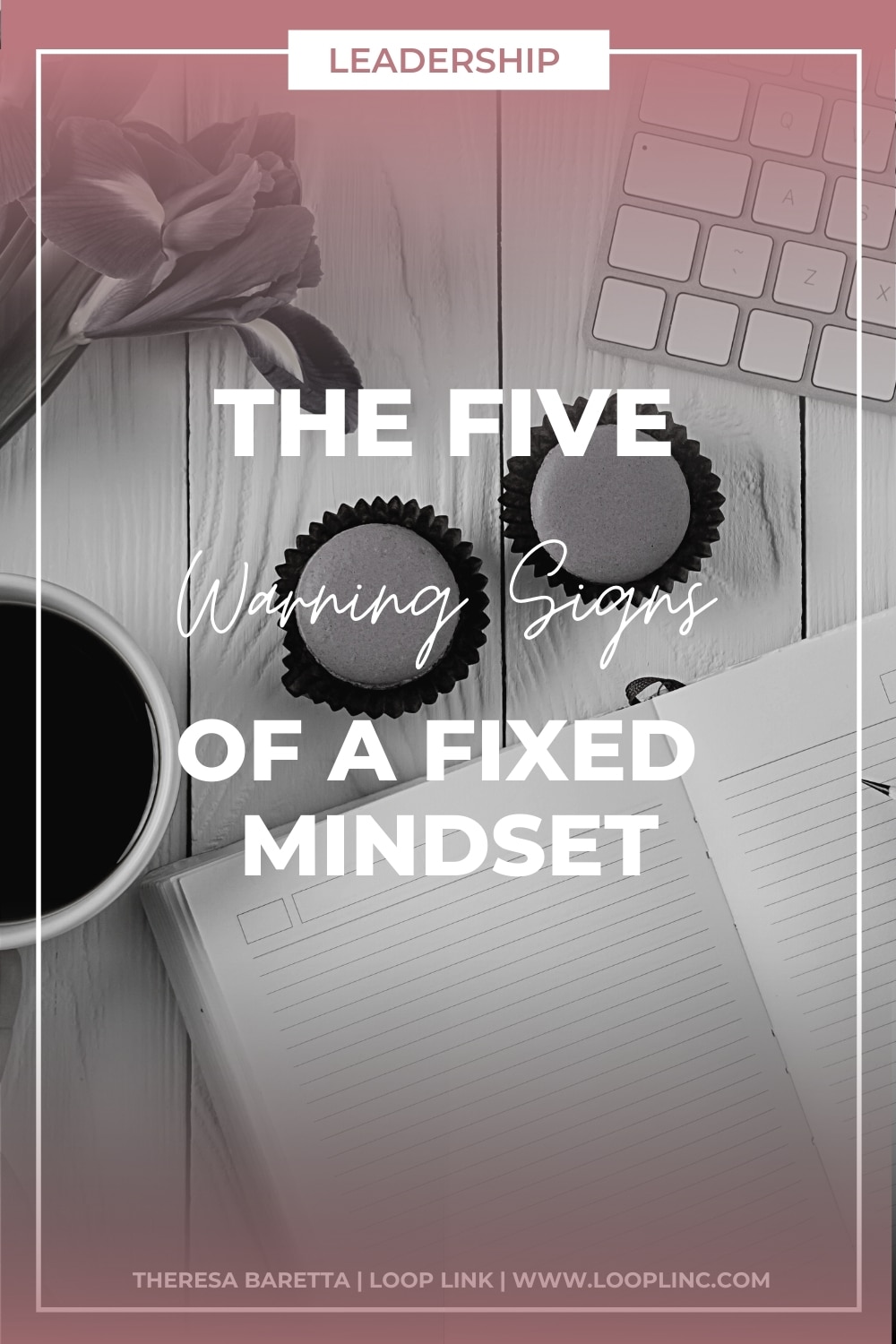
Patricia Aburdene, a highly-acclaimed author and former Forbes contributor, once said something about leadership that resonated with me the very instant I first heard it:“The cornerstone of leadership is self-mastery”.
Her words are absolutely and unequivocally true— leadership is an internal skill with external benefits. We can not guide others and create change without first commanding our own mindset.
But how do we even decipher what our current mindset is? And how do we know what needs changing?
These are profound and consequential questions that every entrepreneur encounters along their path to excellence. You’ve likely pondered these questions (or ones very similar to them) multiple times over the course of your self-employment.
There’s just one problem with asking ourselves these questions: we don’t have all the answers.
That’s not to say we shouldn’t ask anyway, of course! Self-reflection is necessary for development and expansion. We just need more than our own evaluation system. We need to know the warning signs of a poor leadership mindset and put a system in place for assessing our own perspectives.
Which, as the title of this blog suggests, I’ll be providing today.
But before we get cracking, we need to define a fixed mindset and understand why it’s a concern.
What is a Fixed Mindset?
When an individual has a fixed mindset, they view their skills and abilities as firm, set-in-stone traits. Essentially, they look at tasks or challenges and think “I’m either good at this or I’m not”, without seeking to learn or adapt.
Fixed Mindset VS Growth Mindset
The opposite of a fixed mindset is a growth mindset. Those with a growth mindset choose to look at challenges and skills as opportunities to learn and improve. They do not see their abilities as fixed traits but as building blocks that they can acquire and assemble over time. Another key difference between a fixed mindset and growth mindset is willingness to accept feedback and criticism. When we are in a fixed mindset, we tend to place limits around ourselves and are more resistant to the input of others— even if the input is constructive and could benefit us in the long run.
What Are The Warning Signs of a Fixed Mindset?
Now that we’ve discussed what a fixed mindset actually is, it’s important to understand how we can recognize the presence of a fixed mindset (or fixed thought patterns) within ourselves.

Below are a few key indicators to watch for:
1. Fear of Failure
As leaders, it is our job to motivate others and instill confidence in our teams— a feat that becomes nearly impossible when we’re constantly in panic mode. While it is healthy to consider possible outcomes and forecast for the future, there is a fine line between being proactive and operating from a place of fear.
Remember, people are often more perceptive than we give them credit for. If you are over-thinking, questioning, and full of doubt, your team members will likely notice how tense and on-edge you are. Or worse, they may lose confidence in your mission and vision because you do not seem to be certain yourself.
If you find yourself thinking “This isn’t going to work” or “What if I can’t pull this off?”, remember that these are limiting statements. Try to shift your mindset by telling yourself “This may be difficult but I am capable”.
2. Jealousy
Do you find yourself checking out your competitors on social media or envying the talents of other leaders within your industry? If so, it’s time to take note, as this is one of the most detrimental examples of a fixed mindset.
Since we see traits and talents as “unchangeable traits” when we’re stuck in a fixed mindset, we tend to look at others and think they “hit the genetic jackpot” or “were simply born with it”— but that’s absolutely not the case.
By making the shift to a growth mindset we can begin to see desirable traits in others as skills they studied and developed over time. And since anyone can study and practice, it will soon become apparent that we can strengthen our own abilities and possess the very skills we see in others.
3. Viewing Results as Either “All Good” or “All Bad”
Do you set firm expectations for your teams, projects, or initiatives? Do you often feel discouraged when things don’t go exactly according to plan? Yep, you guessed it— this is another fixed mindset warning sign.
If you were maintaining a growth mindset, you would be able to see setbacks or unexpected outcomes as opportunities for learning and improvement. You would also be more open to adapting your plans and finding new ways to achieve your goals.
A fixed mindset tells us that success is a specific, pre-determined outcome. A growth mindset, however, tells us that success is growth and advancement— regardless of how it is achieved.
4. Losing Steam
It’s human nature to feel unmotivated when our desired result seems unattainable. This is another aspect of what’s so dangerous about leading with a fixed mindset. We see achievements as hurdles that we must be inherently equipped to jump over. So, if we fail to achieve our goals, we tend to dismiss them thinking “it wasn’t meant to be” or “I’m just not cut out for this”.
With a different perspective, however, we can learn to build our stamina and fine-tune our skill until we are able to leap over these hurdles with ease. So, the next time you feel uninspired, remember— anything is possible. Learn. Adapt. Practice. Try again.
5. Undermining Effort
Another key difference between fixed mindset VS growth mindset is how we value the process of our work. With a fixed mindset, we focus more on results, which can cause us to view our efforts as “wasted time” if we do not achieve our end goal.
A growth mindset takes a different approach, seeing value in the journey as well as the destination. For CEOs, this is a critical component of effective leadership, since undermining the efforts of our team and only celebrating completed goals can lead to a hostile culture and loss of job satisfaction.
As Arthur Ashe once said, “The doing is often more important than the outcome”. Acknowledge how hard your team is working at every point along the way— not just at the finish line.
Now that you are familiar with the five most consequential fixed mindset warning signs, have you noticed any that apply to you? How will you begin to shift to a growth mindset?
Leave your thoughts in the comments!








